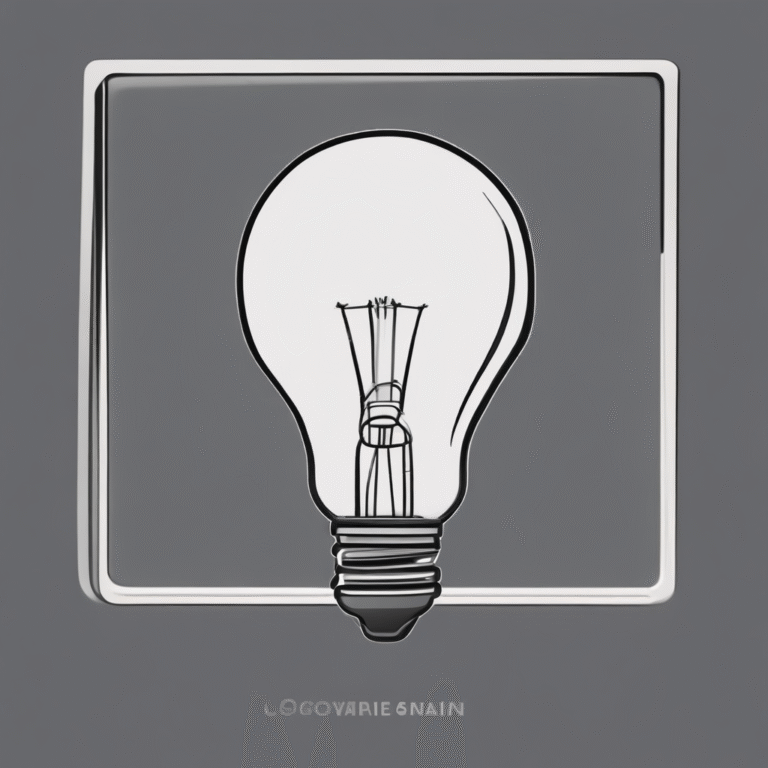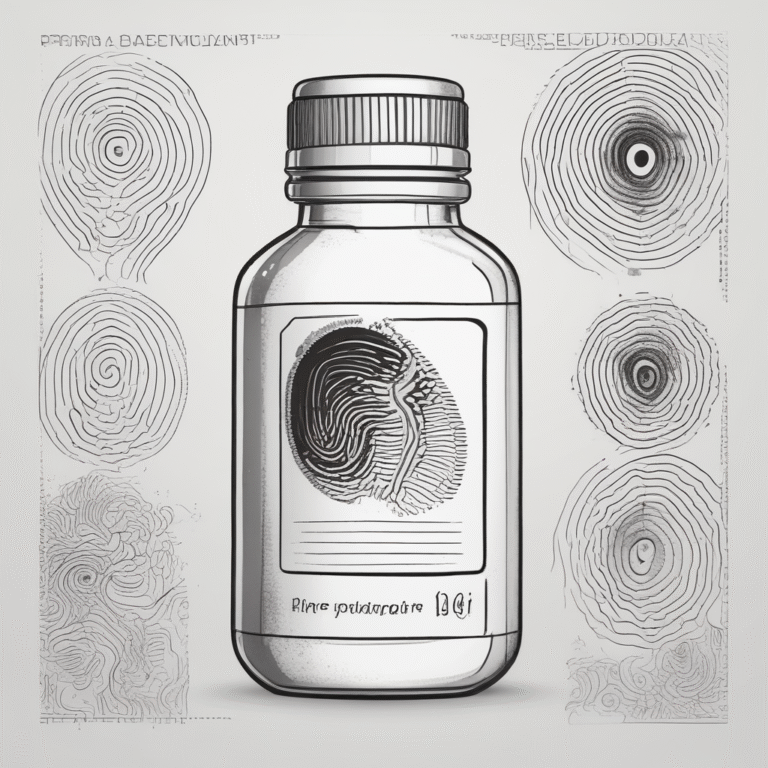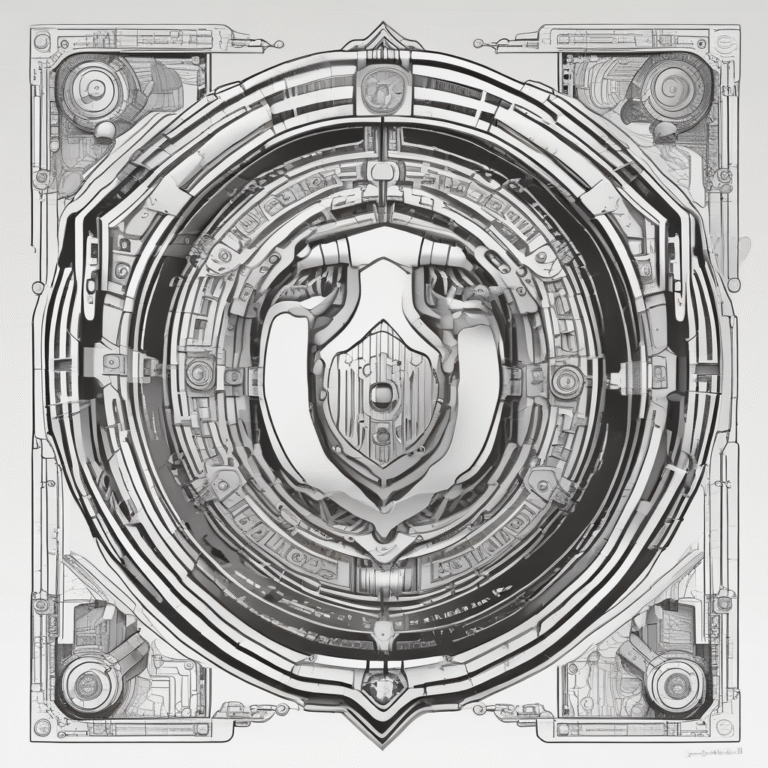Government Approval of Roadmap for Implementing the EU Artificial Intelligence Act
On March 4, 2025, the government approved a pivotal recommendation from the Minister for Enterprise, Tourism and Employment, Peter Burke, regarding the implementation of the EU Artificial Intelligence (AI) Act. This decision marks a significant step in establishing a distributed model of implementation, leveraging the expertise of established sectoral regulators.
Designated Competent Authorities
The government designated an initial list of eight public bodies to act as competent authorities responsible for implementing and enforcing the Act within their respective sectors. These authorities include:
- Central Bank of Ireland
- Commission for Communications Regulation
- Commission for Railway Regulation
- Competition and Consumer Protection Commission
- Data Protection Commission
- Health and Safety Authority
- Health Products Regulatory Authority
- Marine Survey Office of the Department of Transport
Additional authorities and a lead regulator will be appointed in the future to ensure comprehensive implementation of the Act.
Strategic Importance of AI Regulation
Minister Burke emphasized that AI presents Ireland with a strategic opportunity. He noted the potential benefits for the economy, including:
- Increased productivity for businesses
- Enhanced innovation
- Improved customer services
- Better public services for the general population
- Accelerated advancements in science and medicine
He stated, “To capture these benefits, we must build trust in AI systems,” highlighting the importance of the EU AI Act as a landmark regulation for both Ireland and the EU.
Implementation Framework
Minister of State for Trade Promotion, Artificial Intelligence, and Digital Transformation, Niamh Smyth, commented on the government’s decision to utilize existing national frameworks for the enforcement of the EU AI Act. This approach is expected to facilitate compliance for businesses and is aligned with the government’s commitment to establishing Ireland as an EU centre of expertise for digital and data regulation.
Key Elements of the EU AI Act
The EU AI Act establishes a harmonized regulatory framework aimed at ensuring a high level of protection for individuals’ health, safety, and fundamental rights while promoting the adoption of human-centric, trustworthy AI. Key elements include:
- Prohibited AI Practices: Eight AI practices will be banned due to their unacceptable risk starting in February 2025, such as:
- Subliminal techniques causing significant harm
- Exploitation of vulnerabilities based on age or economic situation
- Social scoring leading to unfair treatment
- Profiling for predicting criminal activity
- Untargeted scraping of facial images
- Inferring emotions in workplaces or educational institutions
- Biometric categorization based on personal identities
- Real-time remote biometric identification for law enforcement
- High-Risk AI Systems: Stringent conditions must be met by providers and deployers of high-risk AI systems before they can be placed on the market.
- Transparency Requirements: These will apply to lower-order risk AI systems, such as chatbots, starting from August 2026.
- General Purpose AI Obligations: Providers of General Purpose AI models will face obligations to mitigate risks starting in August 2025.
- Penalties: Substantial fines of up to €35 million or 7% of global turnover may be imposed for infringements of the Act.
The Act is designed to be risk-based, ensuring that regulatory requirements are proportionate to the risks presented by different AI systems. Most AI systems are classified as low risk and are not subject to regulatory requirements.
Conclusion
The EU AI Act represents a significant advancement in the regulation of artificial intelligence, promoting a balance between innovation and safety. As Ireland moves forward with its implementation, the focus will remain on fostering a trustworthy AI ecosystem that prioritizes the rights and safety of individuals while enhancing the nation’s competitive edge in the digital landscape.
















